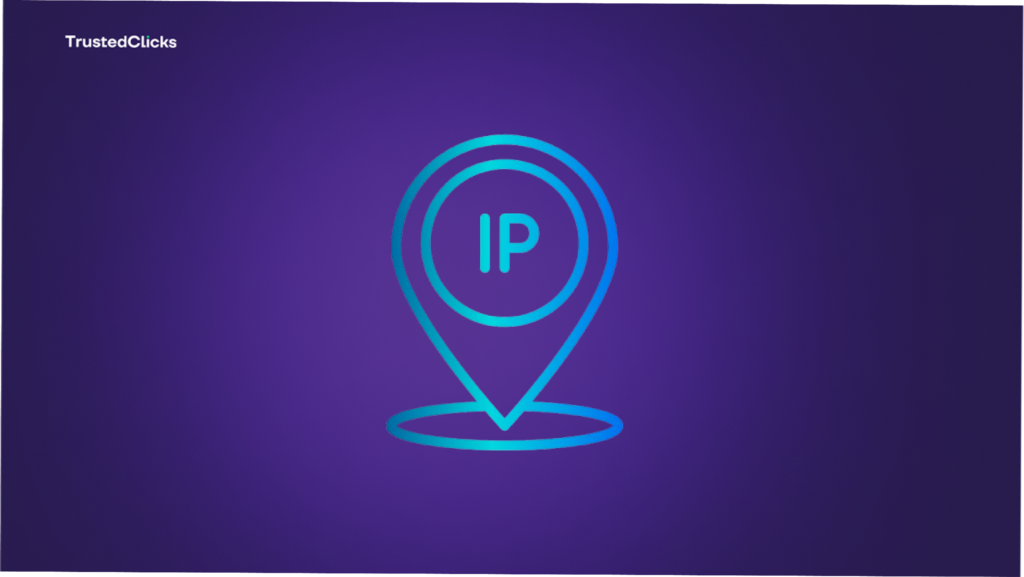- Website security, E-Commerce Security, Affiliate marketing
Understanding Click Fraud: A Deep Dive into Pay-Per-Click Deception


Click fraud is a deceptive practice that manipulates online advertising metrics by artificially boosting the number of clicks on digital ads. In the widely used PPC advertising framework, businesses pay a fee each time their advertisement is clicked, expecting these interactions to come from genuine potential buyers. However, click fraud involves the use of automated tools, such as bots or scripts, to simulate clicks, creating a false impression of high user engagement. This illusion rarely translates into actual sales or customer interest, undermining the advertiser’s investment.
The Motivation Behind Click Fraud
The motivations behind click fraud vary. Some perpetrators aim to inflate the earnings of websites hosting ads, while others seek to drain the advertising budgets of competitors. Additionally, cybercriminals exploit this tactic to artificially enhance the search engine rankings of harmful websites, lending them an air of credibility. Those committing click fraud could be rival businesses, disgruntled customers, or even website owners looking to profit from their own ad placements. For instance, a competitor might repeatedly click on a rival’s ads to drive up costs and potentially squeeze them out of the market. Similarly, a publisher might target ads on their own site to increase their revenue stream.
Not every non-purchasing click qualifies as fraud, however. Sometimes, users unintentionally click ads or use them as shortcuts to navigate websites without any malicious intent. These actions, while costly to advertisers, are typically benign. True click fraud, by contrast, often involves sophisticated automation designed to maximize invalid clicks while evading detection.
How Click Fraud Operates

At its core, large-scale click fraud relies on automation. Bots or specialized programs mimic legitimate users by hiding their real IPs to repeatedly click on ads, tricking platforms into registering these actions as genuine interest. To an untrained eye, this might look like a surge in traffic, but advertisers and networks often spot red flags—like an unusually high volume of clicks from a single source. To counter this, fraudsters employ advanced techniques, such as routing bot traffic through ever-changing IP addresses via virtual private networks (VPNs) or distributing clicks across multiple devices in different regions. These methods obscure the fraudulent activity, making it harder to trace.
In some cases, scammers take click fraud a step further by creating sham websites designed solely to host ads. Unlike legitimate sites, these platforms lack meaningful content or organic traffic, existing only to facilitate fraudulent clicks. Bots swarm these sites, generating a flood of invalid interactions, and the scammers then bill the affiliate program owners for the fabricated engagement. Another tactic involves framing legitimate publishers by making it seem as though they’re clicking their own ads to boost profits—an act intended to sever their ties with advertising networks.
The Broader Implications of Click Fraud
Click fraud’s impact ripples beyond individual advertisers, affecting the integrity of the digital advertising ecosystem. For businesses, it erodes trust in PPC campaigns, a cornerstone of modern marketing. Small companies with limited budgets are particularly vulnerable, as a single fraudulent campaign can deplete their resources, leaving them unable to compete. Meanwhile, advertising networks face pressure to refine their detection systems, balancing the need to protect clients with the risk of alienating legitimate publishers falsely flagged as fraudsters.
The financial stakes are staggering. Industry estimates suggest that click fraud costs advertisers billions annually, with losses projected to grow as digital ad spending increases. Beyond economics, the practice fuels a cat-and-mouse game between fraudsters and tech companies, driving innovation in both malicious tactics and defensive technologies. Machine learning algorithms, for instance, are now deployed to identify patterns of suspicious activity, while fraudsters adapt by refining their methods to mimic human behavior more convincingly.
Historical Context and Evolution
Click fraud isn’t a new phenomenon—it emerged alongside the rise of PPC advertising in the early 2000s. As search engines like Google and platforms like AdWords grew, so did opportunities for exploitation. Early instances were rudimentary, often involving manual clicking by individuals or small groups. But as technology advanced, so did the scale and sophistication of the fraud. Today’s perpetrators leverage vast botnets—networks of hijacked devices—capable of generating thousands of clicks in minutes, all while cloaking their origins.
The Evolution Of Click Fraud
The evolution of click fraud mirrors broader trends in cybercrime. Just as phishing and ransomware have grown more complex, click fraud has become a professionalized enterprise. Some operations resemble organized crime syndicates, complete with divisions of labor: coders build the bots, strategists design the campaigns, and intermediaries launder the profits. This industrialization has made click fraud harder to combat, as it blends seamlessly into the noise of legitimate internet traffic.
Who’s Behind Click Fraud?
The culprits are diverse. Competitors are a common source, using click fraud as a weapon to undermine rivals. A business might, for example, target a competitor’s ads to inflate their costs, forcing them to bid higher for keywords or abandon campaigns altogether. Publishers, too, play a role, especially those hosting low-quality sites eager to cash in on ad revenue. Even customers can get involved, albeit rarely, clicking ads to spite a company they dislike—though such cases lack the scale of automated fraud.
Cybercriminals, however, are the most prolific offenders. For them, click fraud is a low-risk, high-reward venture. Unlike hacking or data theft, it doesn’t require breaching secure systems, and the profits can be substantial. By boosting fake traffic to malicious sites, they not only earn ad revenue but also enhance the sites’ visibility, drawing in more victims for scams or malware distribution.
Combating Click Fraud: Challenges and Solutions
Fighting click fraud is a daunting task. Advertising platforms like Google and Bing employ sophisticated tools to detect and filter invalid clicks, refunding advertisers when fraud is confirmed. These systems analyze metrics like click frequency, IP diversity, and user behavior to flag anomalies. Yet, as fraudsters grow savvier, the line between real and fake traffic blurs. A bot that pauses between clicks or mimics a human browsing pattern can slip past basic filters, forcing platforms to constantly update their defenses.
Tips for Prevention
For advertisers, prevention starts with vigilance. Monitoring campaign analytics for sudden spikes in clicks or low conversion rates can signal trouble. Third-party tools also offer real-time fraud detection, cross-referencing traffic data against known bot signatures. Some businesses opt for hybrid strategies, blending PPC with other channels like social media or email marketing to reduce reliance on vulnerable ad systems.
What's In The Future For Click Fraud Prevention?
As artificial intelligence advances, both sides of the click fraud battle stand to gain. AI-driven bots could become indistinguishable from humans, clicking ads with precision that defies detection. Conversely, AI-powered defenses might predict and block fraudulent patterns before they escalate. Blockchain technology, too, holds promise, offering transparent ledgers to verify ad interactions—though its adoption remains limited.
The stakes will only rise as digital advertising expands into new frontiers like virtual reality and the Internet of Things. Imagine a smart fridge clicking ads for groceries or a VR headset racking up fraudulent views. Without robust safeguards, click fraud could metastasize, draining budgets and distorting markets on an unprecedented scale.
Final Words
For now, awareness is the first line of defense. Advertisers must educate themselves on click fraud’s tactics and advocate for stronger industry standards. Collaboration between platforms, businesses, and regulators could yield systemic solutions—perhaps a certification process for legitimate traffic or harsher penalties for perpetrators. Until then, click fraud remains a persistent shadow over the digital economy, a reminder that even in a data-driven age, not every click is what it seems.
Table of Contents
Join our community!
Subscribe to our newsletter for the latest updates, exclusive content, and more. Don’t miss out—sign up today!
Recent Posts

Is Your Network Safe? How to Recognize and Block Malicious IPs
- 3 mins read

Geolocation & IP Fraud Scores: Strengthening Your Security Strategy
- 5 mins read

IP Quality Score Is The Silent Metric That Could Make or Break Your Business
- 6 mins read



